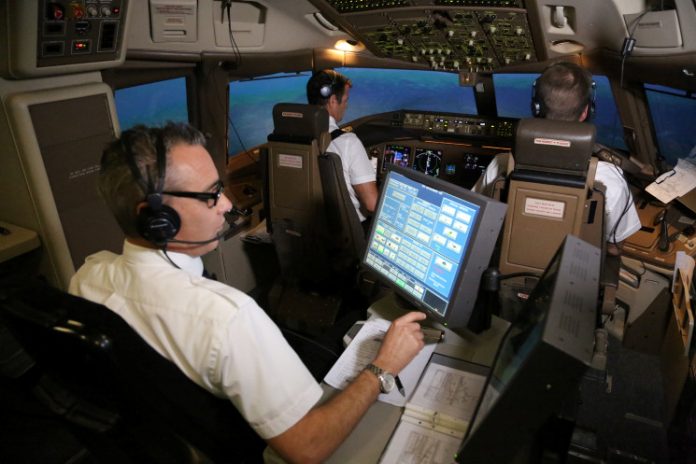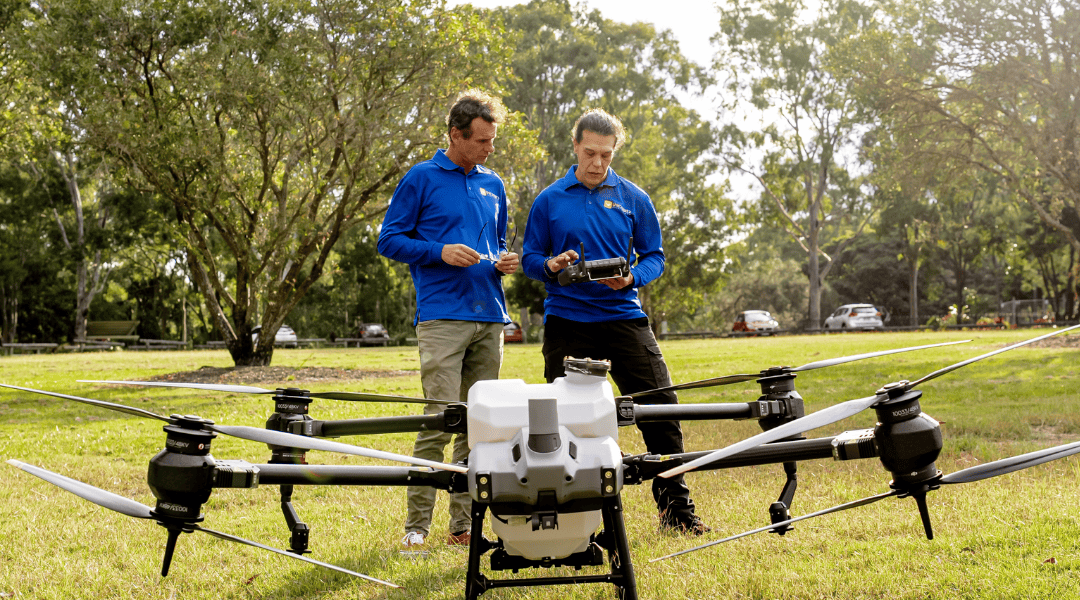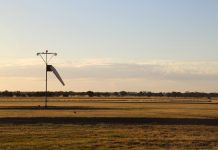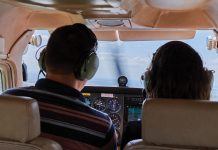Flight safety training with only a fraction of the cost and risk
With the world still in the grip of a global pandemic, aviation continues to face historically unique challenges in areas such as pilot training.
Long furloughs imposed by COVID-19 outbreaks pose problems with maintaining recency and mean even experienced commercial pilots need to brush up on their skills before returning to the skies.
So, how can pilots and organisations keep current with their training and skills when the outside world is shut down?
CASA Flight Simulation Team Leader John Frearson says one answer is better, more flexible and lower-cost training via flight simulators.
‘Our basic mission of supporting flight safety involves our ongoing support for and qualification of training programs,’ John says.
‘Increasingly, in this modern era, we’re talking about flight simulation training devices (FSTDs) where pilots can get the most bang for their buck.
‘As an organisation, we strongly support the industry’s need to keep current by flexibly ensuring the ongoing qualification of flight simulation training devices and we are actively preparing for the next generation of simulation.’
To do this, CASA is broadening its processes and standards with the aim of more readily approving extra credits toward pilot instrument training and proficiency based on an FSTD’s capability. FSTDs that accurately represent the cockpit layout and flight characteristics required by a training program would be classed as having high-fidelity and more likely to be granted more training ‘credits’ than lower-fidelity devices.
‘Ultimately, this means a wider array of individuals with access to qualified training devices will be able to complete their pilot licence training in a quicker, cheaper and less risky way,’ John says.
‘We’re excited about what the future holds in simulation and the applications it can have for training and keeping pilots current in their skills, especially with the advances we’ve seen with virtual reality technology.’
CASA is preparing for this future by bringing simulation far closer to the needs of training organisations.
‘Parts 61, 141 and 142 of the Civil Aviation Safety Regulations detail the use of FSTDs in pilot training,’ he says.
‘CASA is currently reviewing its standards for those devices – from the basic to the very sophisticated – to ensure the depth, breadth and flexibility of these devices and our standards and approval processes meet industry needs. We’re devoting considerable resources to keep abreast of international standards and we believe these changes will add a lot of user-friendly flexibility.’
Internationally, the European Aviation Safety Authority is starting to codify simulator fidelity in more detail, moving away from past broad classification-based views of what a device can do and towards a very specific detailed capability appraisal.
‘This is something we’ll be looking to put on our Australian FSTD qualification certificates too,’ John says.
In recent years, CASA has managed the introduction of world-standard upset prevention and recovery training (UPRT) programs, despite the disruptions to training and logistical challenges in upgrading simulators.
As aviation’s appetite for more training in simulators increases, the ability for these devices to accurately represent the training mission at hand remains the most significant consideration during their construction and qualification. It’s also critical that instructors and trainees understand their strengths and limitations.
‘We work in an environment where we define the device by the training mission that it’s going to be used for,’ John says.
‘It’s great having a tool in which you can practice take-offs and landings and the non-normal events such as an engine failure, at a fraction of the cost and risk. But how the device looks and operates goes back to what is fit for purpose – needing the right tools for the task.’






In recent times, significant advances in technology have produced highly capable FSTD’s, particularly for GA aircraft, and it is encouraging to see this change in thinking by CASA, moving away from generic simulator qualifications to the “tools suitable for the task” concept.
I really hope that the planned reviews of the regulations (CASR Parts 61/141/142) reflect this thinking and embrace the true concepts of Competency Based Training and Assessment (CBTA), allowing more flexibility in the manner in which competencies can be achieved and assessed throughout the industry.